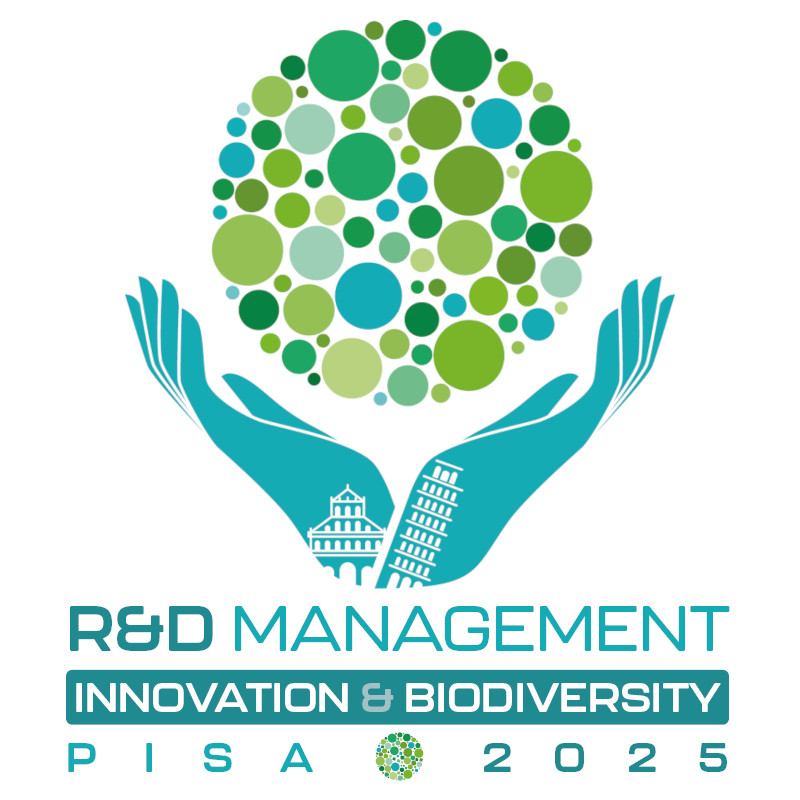“AI technologies, such as computer vision, machine learning, and IoT, offer powerful tools to advance ecosystem monitoring, environmental assessments, and biodiversity management in ways that were previously unattainable,” says Einav Peretz Andersson, from Jönköping International Business School, Department of Computer Science, School of Engineering, chair of Track 2.6 of the R&D Management Conference 2025.
Her co-chairs are Professor Patrick Mikalef from Norwegian University of Science and Technology (NTNU) and Sabrina Tabares from School of Business at EAFIT University.
Mandatory sustainability reporting drives innovation
The EU Corporate Sustainability Reporting Directive (CSRD) pushes organisations not only to comply with environmental reporting but also to embrace sustainable innovation practices, comments Einav.
“While compliance is the initial driver, regulations often push companies to rethink their business models and to integrate new technologies to meet environmental targets, this can lead them to realise that biodiversity as an asset rather than a liability. This shift can unlock new innovation opportunities,” she says.



Einav identifies innovation areas such as:
- Automated biodiversity monitoring using AI and IoT
- AI-driven predictive analytics for ecosystem management
- New sustainable business models that integrate biodiversity goals
- Cross-sector collaboration to address complex environmental challenges.
She warns, however, that strong regulation can also become a hindrance, particularly for SMEs.
“Smaller companies often face limited resources and capacity constraints, making it difficult to meet regulatory requirements without additional support. This can slow down innovative efforts and increase compliance costs, potentially discouraging smaller businesses from adopting AI-driven solutions for sustainability.
“To address this challenge, targeted support programs and incentives are necessary to ensure that SMEs can participate in sustainability transitions.”
Challenges of integrating AI into management strategies
Einav continues: “We nominated this subject because the intersection of digital and green transitions is becoming increasingly relevant, with businesses are having to navigate many challenges as they integrating AI-driven solutions into their biodiversity management strategies.
“This track aligns with my ongoing research interests in AI adoption and implementation in both private and public sectors, specifically focusing on sustainable business models, regenerative innovation, and biodiversity resilience.
“By addressing both empirical insights and theoretical approaches, this track aims to explore how AI can facilitate the Twin Transitions and drive meaningful innovation for both economic and environmental resilience.”
Track 2.6 Sustainability Strategies for Regeneration and Biodiversity Management: AI-Driven Solutions for Sustainable Innovations
From urban to agricultural landscapes, this track discusses transformative AI applications that foster biodiversity resilience and create sustainable value for businesses.
It will explore how AI technologies can facilitate digital and green transitions and advance regenerative and biodiversity management goals.
Participants will share management strategies that:
- leverage AI in sustainable innovation
- promote industry-led biodiversity outcomes and environmental stewardship
- support sustainable economic growth

R&D Management Conference 2025:
Innovation & Biodiversity
Institute of Management of Scuola Superiore Sant’Anna, Pisa
30 June – 2 July 2025
Track Chair: Einav Perez-Andersson, Jönköping International Business School, Department of Computer Science, School of Engineering, Sweden.
Co-chairs:
Professor Patrick Mikalef, Norwegian University of Science and Technology (NTNU)
Sabrina Tabares, School of Business, EAFIT University, Medellín, Colombia

